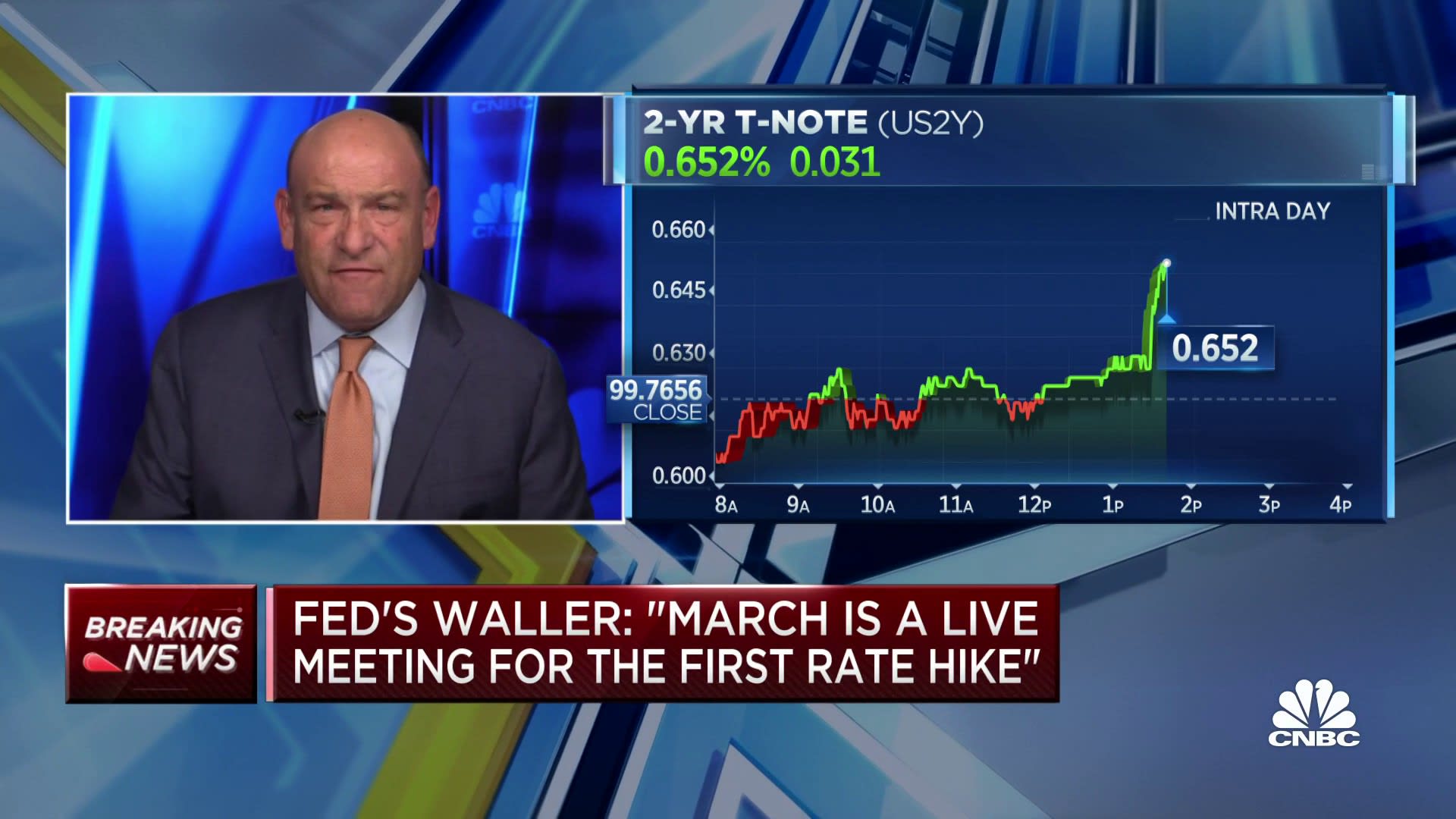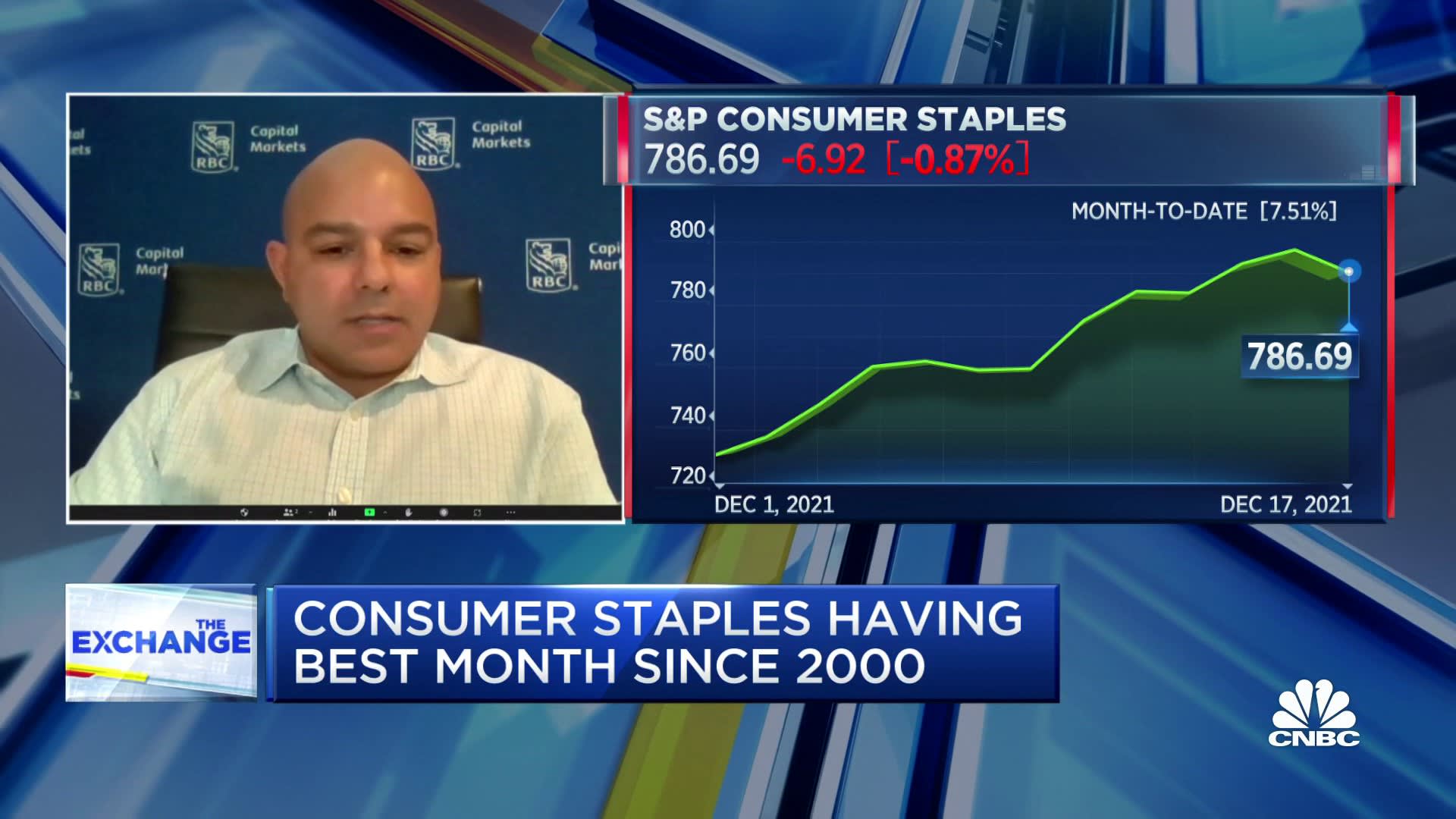EDITOR'S NOTE
It's been a tough slog for nuclear power since the Fukushima disaster in 2011. Germany hastily moved to shut down nearly half of its reactors in the disaster's wake, and is supposed to phase out the rest of them by as soon as next year. Spain, Belgium, and Switzerland are on the list of nations phasing out nuclear by the end of this decade. California's last nuclear plant is supposed to be offline by 2025.
In fact, nuclear's share of global electricity generation peaked way back in 1996, at 17.5%, fell to 10% in 2020 and is likely to be in the single digits for the foreseeable future. All of which is ironic as the world needs clean, "firm" power sources now more than ever. Some still think nuclear can rise to the challenge, but I remain skeptical, especially here in the U.S., where the budget-breaking projects are rife with cost overruns and political wrangling. Case in point: South Carolina spent $9 billion on a project that never came to fruition.
But just as nuclear power seems to be on the outs, it may be on the way back in. Or more specifically, nuclear fission has fizzled out, but nuclear fusion is suddenly getting tremendous buzz and fundraising support. Yes, the same nuclear fusion that we all learned about back in school, which could "save the world" by offering "limitless" energy that creates little to no waste. A technology that, as the joke goes, is always "about thirty years away."
Maybe this time is different. I spoke about this with a utility executive who actually studied nuclear fusion himself a few decades ago, in his youth--Ralph Izzo, the chairman and CEO of PSEG, the largest utility in New Jersey. You can listen to our podcast here. I asked him what's different now--why are we seeing massive fundraising, with Helion raising $500 million, then Commonwealth Fusion Systems raising $1.8 billion--all just in the past six weeks.
He said, in a nutshell, that entrepreneurs today are pushing to make fusion commercially viable as quickly as possible instead of theoretically ever more refined. Climate change has made this feel especially urgent. "So investors are forcing the science as opposed to following the science?" I asked. "You could say that," he replied.
It still won't be easy. The problem with fusion is that it currently consumes more energy than it creates. Water has to be heated to ultra-high levels (like 180 million degrees Fahrenheit), until it turns into plasma. That plasma then has to be kept stable with the use of magnets. You can read more in this excellent piece by CNBC's Catherine Clifford here. Even Commonwealth acknowledges it probably won't be creating fusion energy for the grid until "the early 2030s."
Helion, meanwhile, hopes to get to at least the net energy production stage by 2024 (grid connection presumably being a few more years off). They reached the 180-million-degree Fahrenheit mark on their fusion prototype this summer. And aside from these two, there are plenty others also in the chase. Heck, there's even now a "Fusion Industry Association," formed in 2018, with a couple dozen members and knowledge of at least a dozen more companies all actively pursuing this technology.
As for the implications? I'll leave that up to my friend James Pethokoukis over at AEI, who has been hot on this story for awhile. "Clean, cheap, abundant energy could, for instance, help produce hydrogen for fuel, power giant machines to pull carbon dioxide from the atmosphere, and desalinate water on a large scale," he wrote earlier this month. It could even reverse the productivity decline we've witnessed since the 1970s and unleash a roaring economy.
"All we have to do," he jokes, "is solve one of the trickiest engineering problems in human history: recreating the sun here on Earth."
Maybe now I'm just drinking the Kool-Aid, or too desperate for good news after this soul-crushing pandemic. But it's almost like the older I get, the more I believe in human ingenuity, because I've already seen so many amazing things happen (the computer, the internet, the mobile phone, Tesla, space tourism). And so quickly! So here I am, starting to think that maybe, just maybe, these entrepreneurs and scientists can do it.
See you at 1 p.m!
Kelly

KEY STORIES
IN CASE YOU MISSED IT
| ||||||||||||||||||||||||||||||||||||||||||||||||||||||||||||||||||||||||||||||||||||||||||||||||||||||||||||||||||||||||||||||||||||||||||||||||||||||||||||||||||||||||||||||||||||||
Minggu, 19 Desember 2021
The other nuclear energy
Langganan:
Posting Komentar (Atom)








Tidak ada komentar:
Posting Komentar